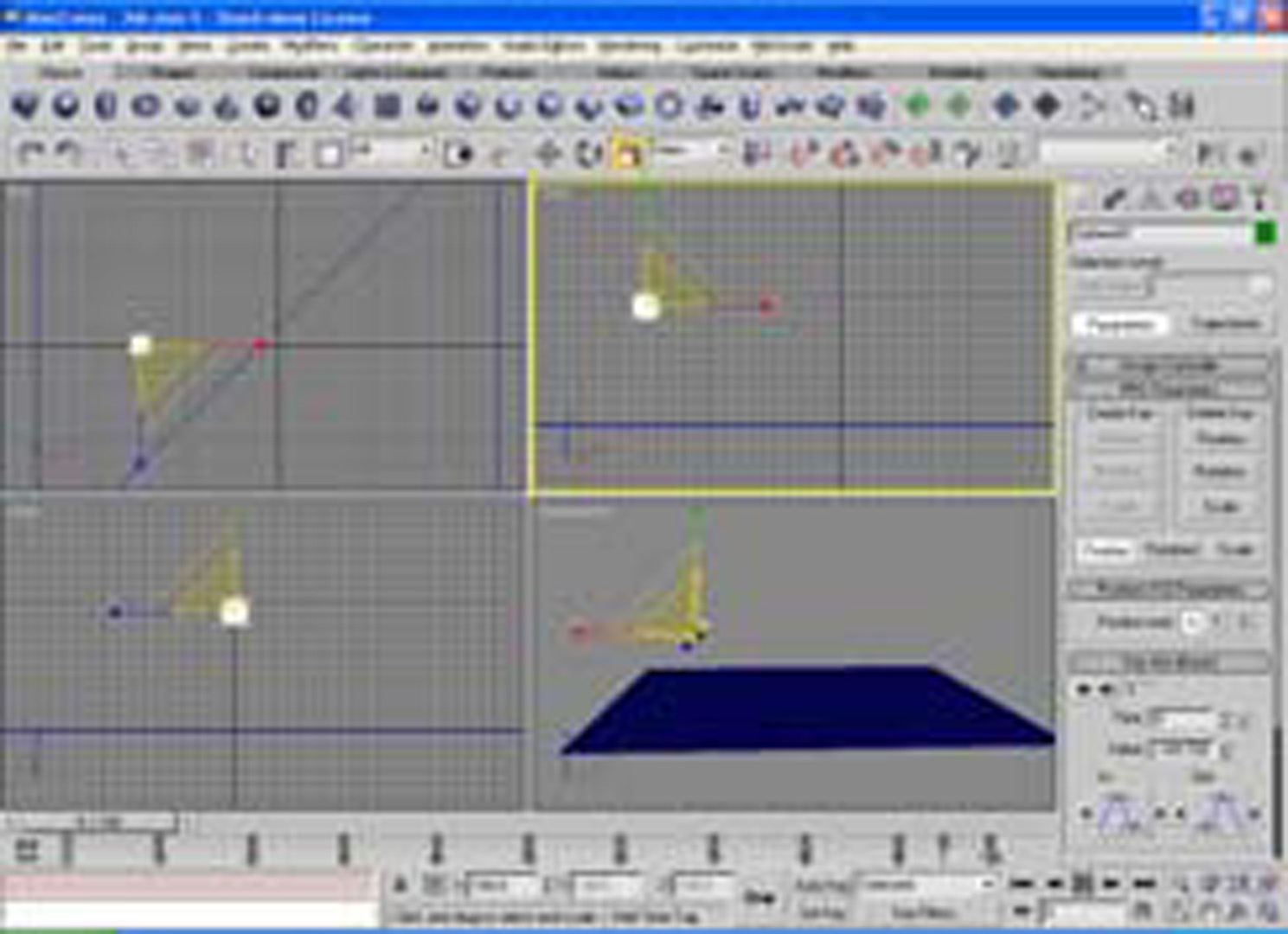“Task-oriented User Analysis of 3D Animation Applications” by Lee
Conference:
Type(s):
Title:
- Task-oriented User Analysis of 3D Animation Applications
Presenter(s)/Author(s):
Entry Number: 079
Abstract:
This research intends to study behavioral differences associated with different 3D animation applications (i.e., Discreet 3D Studio Max and Alias Maya). By completing a particular 3D animation task (i.e., bouncing ball) through diverse menu access, this study investigated multiple correlations between the uses of certain menu types of two applications; determining whether certain menu types could be grouped together for potential user interface guideline.
Due to the complexity and diverse scope of today’s 3D animation applications, users are continually challenged how to maximize the usability of software interface that best fits their specific 3D animation tasks. Earlier studies have reported widespread inefficient use of complex computer systems such as CAD that typically offer more than one way to perform a given task [Bhavnani 1999]. The study developed a strategic behavior model using GOMS (goals, operators, methods and selection) [Card 1983]. Compared to CAD task that mainly focus on evaluating user comprehension, the animation tasks for film and video games are designed to deliver an affective human characteristics (i.e. emotion) as well as an objective characteristics (i.e., task completion). Even though there have been a large number of interface design guidelines have been developed that can increase effectiveness, efficiency, comfort and safety [Lui 1997], the investigation of affective processing in interface system design has been recently introduced [Kim 2003].
References:
1. Bhavnani, S. K., John, B. E. and Flemming, U. 1999. The Strategic Use of CAD: An Empirically Inspired, Theory-Based Course, ACM CHI 99, 15–20.
2. Kim, J., Lee, J. and Choi, D. 2003. Designing Emotionally Evocative Homepages: An Empirical Study of the Quantitative Relations between Design Factors and Emotional Dimensions, International Journal of Human Computer Studies, 59(6), 899–940.
3. Liu, Y. 1997. Software-user interface design. In G. Salvendy, (Ed.), Handbook of Human Factors and Ergonomics (2nd ed.). New York: John Wiley.






